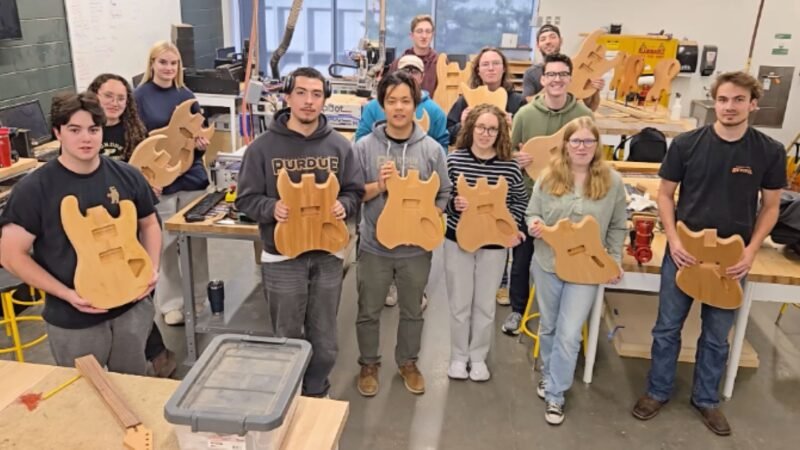Missile targeting Saudis was Iranian – US Air Force official
Iran manufactured the ballistic missile fired by Yemen’s Shiite rebels toward the Saudi capital and remnants of it bore “Iranian markings,” the top U.S. Air Force official in the Mideast said Friday, backing the kingdom’s earlier allegations.
The comments by Lt. Gen. Jeffrey L. Harrigian, who oversees the Air Force’s Central Command in Qatar, further internationalizes the yearslong conflict in Yemen — the Arab world’s poorest country.
Saudi Arabia long has accused Iran of giving weapons to the Shiite rebels known as Houthis and their allies, though Tehran has just as long denied supplying them. Riyadh quickly backed up Harrigian’s allegations in a statement to The Associated Press.
“There have been Iranian markings on those missiles,” Harrigian told journalists at a news conference in Dubai ahead of the Dubai Air Show. “To me, that connects the dots to Iran.”
There was no immediate reaction from Tehran.
Saudi Arabia says it shot down the missile Nov. 4 near Riyadh’s international airport, the deepest yet to reach into the kingdom. Saudi Arabia’s Foreign Ministry later said investigators examining the remains of the rocket found evidence proving “the role of Iranian regime in manufacturing them.” It did not elaborate, though it also mentioned it found similar evidence after a July 22 missile launch. French President Emmanuel Macron similarly this week described the missile as “obviously” Iranian.
Nikki Haley, the U.S. ambassador to the United Nations, said in a statement Tuesday that the July launch involved an Iranian Qiam-1, a liquid-fueled, short-range Scud missile variant. Iran used a Qiam-1 in combat for the first time in June when it targeted Islamic State group militants in Syria over twin militant attacks in Tehran.
Harrigian declined to offer any specifics on what type of missile U.S. officials believed it was, nor did he show any images of the debris. He also didn’t explain how Iran evaded the blockade by the Saudi-led coalition, which intensified after the missile targeting Riyadh.
The Houthis have described using Burkan-2 or “Volcano” Scud variants in their recent attacks, including the one Nov. 4. Those missiles are reminiscent of the Qiam, wrote Jeremy Binnie of Jane’s Defense Weekly in a February analysis.
Adding to that suspicion is the fact that Yemen’s missile forces previously never had experience in disassembling and rebuilding the weapons, said Michael Knights, a fellow at The Washington Institute For Near East Policy who previously worked in Yemen.
It is “not a stretch to believe that Tehran is supporting the Houthi missile program with technical advice and specialized components,” Knights wrote in an analysis Thursday. “After all, the Houthis have rapidly fielded three major new missile systems in less than two years while under wartime conditions and international blockade.”
Saudi Arabia’s Ministry of Culture and Information later contacted the AP and sent military briefing papers alleging Iran smuggled weapons into Yemen by boat and truck.
The U.S. already is involved in the war in Yemen and has launched drone strikes targeting the local branch of al-Qaida, though it stopped offering targeting information under the Obama administration over concerns about civilian casualties. That prohibition continues today, though the Air Force continues to refuel warplanes in the Yemen theater and offers support in managing airspace over the country, Harrigian said. The Saudi-led coalition also uses American-made bombs and ordinance in its attacks.
The U.S. has come under attack once amid the Yemen war. In October 2016, the U.S. Navy said the USS Mason came under fire from two missiles launched out of Yemen. Neither reached the warship, though the U.S. retaliated with a Tomahawk cruise missile strikes on three coastal radar sites in Houthi-controlled territory on Yemen’s Red Sea coast.
At the time, authorities said the missiles used in that attack were Silkworm missile variants, a type of coastal defense cruise missile that Iran has been known to use. (AP)



